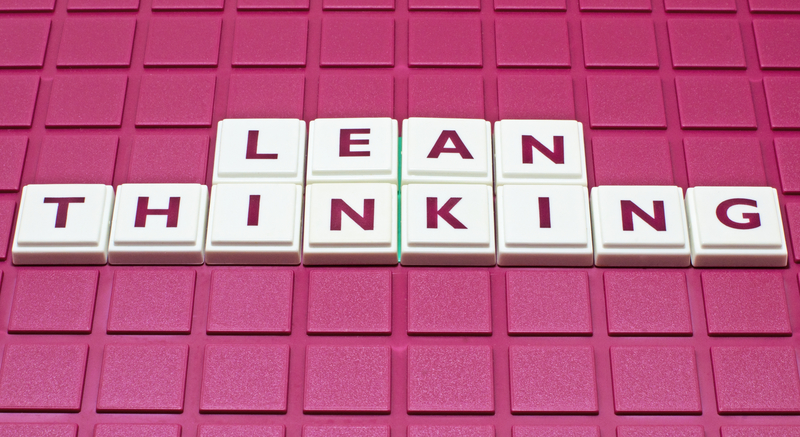 What is the difference between Kaizen, Lean and Six Sigma
What is the difference between Kaizen, Lean and Six Sigma
When looking at business process improvement methodologies like Kaizen, Lean and Six Sigma, it’s very easy to see a lot of similarities. After all, these frameworks aim to make a business as competitive as possible, while striving for top-notch performance, efficiency, effectiveness and reliability. Additionally, all of the three methods employ cycles of gathering data, evaluating it, making practical and quantifiable optimization, and tracking the results. This means that even if you have a previous familiarity with each methodology, it’s easy to spot a lot of similarities and apparent overlaps, especially as one gets buried under an avalanche of buzzwords. On top of this, many of the professionals implementing each methodology might also draw additional inspiration for refinements from other frameworks, which blurs the lines another step further.
While many methods might sound analogous in theory, Kaizen, Lean and Six Sigma have some significant differences that stem from their core values and assumptions about business and improvement in general. To put this in practical terms, the most influential differences between these three methodologies lie in the exact type of metrics each one values the most, and devotes effort to improving. It should come as no surprise that even the slightest changes to the particular metric that importance is placed upon would certainly lead to decisively divergent outcomes and results.
Because of these facts, comparing Kaizen, Lean and Six Sigma can be of great value to a business and its management team, and is an integral part of selecting the best methodology to implement in any given situation.
What is Kaizen
The first of the three approaches to examine is Kaizen. Its name comes from Japanese, and loosely translates to change for the better. Broadly speaking, it’s not just a management and business process optimization methodology, but a general philosophy that could be applied to both one’s personal life and a business organization.
The two core beliefs that inform how Kaizen operates are:
- Everything can be improved
- Small gradual changes can lead to significant overall and long term improvements
This means that Kaizen can be applied to absolutely anything, and it doesn’t really have a specific type of metric that it favors. It doesn’t usually produce rapid results (unless you conduct a kaizen burst event). However, when applied over a long period of time, it creates a mentality where problems are fixed without a committee or leadership approval for every little change. This leads to more employee engagement and involvement in the process.
What is Lean
While Kaizen is a very general approach to improvement, Lean is a methodology with a background in manufacturing that focuses on a very specific type of metrics. It’s a framework that is already older than a century, and it was a pivotal part for Henry Ford’s Model T’s success. Obviously, the Lean methodology has evolved over the years, but its main focus has remained the same eliminating waste in order to free up time to increase value to your customer. The main target of this approach is efficiency across the system (value stream). It has proven quite successful in improving or removing all the inefficient steps of a process that waste time, energy, finance or raw materials. Lean provides a competitive edge since it allows a business to manufacture products or provide services faster and at lower costs. It also is easy to learn, which makes it easy for all employees to be involved in improvements.
Check out other lean topics such as Andon, SMED, Takt time, and Kata >>>
What is Six Sigma
While Kaizen and Lean both look at resources and ways to optimize a process, the core goal of Six Sigma is achieving consistent and reliable results. It is primarily focused on improving the quality of the result or outcome of the process. This is why it’s sometimes referred to as a quality assurance methodology, despite the fact that it has been successfully applied beyond just quality improvements.
As far as results go, Six Sigma strives for near perfection, where the process succeeds 99.99966% of the time. To achieve this seemingly impossible result, training and coaching is required in order to learn the tools and framework, modeled after the martial arts belt system. These results lead to lower costs, improved customer satisfaction, and helps drive continuous improvement in order to achieve higher and higher sigma levels.
Check out our Six Sigma training videos >>>
Which one do I use in my organization, or what order should I implement them? We answer these questions in our next blog titled “When to use Lean , Six Sigma and Kaizen“








No responses / comments so far.